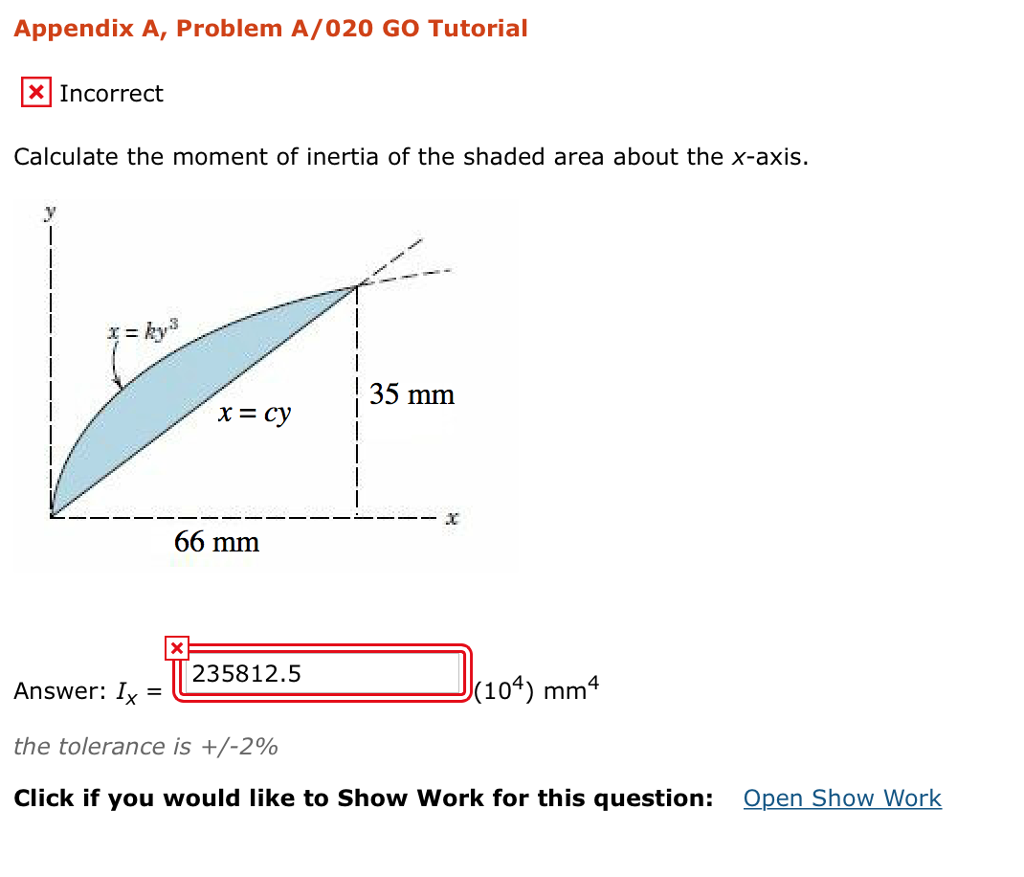


An inclined propellerĪt angle of attack also produces a yawing moment as well as a lift force. There are even more effects to consider in some cases. Pylon racing aircraft is very small (less than 1 degree) and can be almost Therefore the swirl angle inside the wake of The engines of model aircraft usually run at quite high speeds which means Vertical fins having cambered airfoil sections to avoid a constant rudder Some of these aircraft therefore were equipped with Low RPM (high torque) produce large swirl angles at low takeoff speeds. Which must be compensated by rudder trim. This causes a side force on the fin and hence a yawing moment Rolling moment, It also interacts with the vertical fin, which is usually above The swirling propeller wake meets the horizontal tailplanes, resulting in a The flight speed is low and becomes smaller when the flight speed is increased. Wake from the flow direction outside of the wake. Swirling motion can be defined by the deviation of the flow direction in the The wake of a propeller is swirling because of the torque of the engine. They occur at the end of the takeoff run. This moment is only about 10% of the moment caused by rapid pitch changes as The yawing moment resulting from engine torque is This is a relatively small differenceĬompared to the basic load by the model weight of about 2.5 kg (25N).Īssuming further a grass field with a friction coefficient of –0.52 Nįor the two wheels of a typical F3D model. The different loads on the wheels produce differentįriction forces, and therefore a yawing moment.Īssuming a track width of 200 mm the loads are uneven by +0.52 N resp. Depending on track width, the wheels are loaded resp. As longĪs the aircraft is rolling on the ground, the support is through the landing This torque must be supported by the aircraft, e.g. The resulting torque moment at the engine shaft is Left wing down and the pilot quickly deflects the elevator "up" the model yaws If for example a the model is in in knife's edge flight orientation with the If theĭown" direction ("push") the aircraft feels a tendency to turn to the left. This moment causes the aircraft to deviate towards the right. When seen from the receiver) the a "pitch up" motion In case of the common propeller sense of rotation (model aircraft: clockwise (this is a violent pitch/turn maneuver, smooth coordinated turns may The yawing moment produced by propeller precession is In order to simplify the following calculations, a value of J = 5.0 E-5 Using the pylon propeller (before it was cut into blades) the followingĬomparison of different methods to estimate the moment of inertia. Moment of inertia J using the following equationĪ small error will be introduced by the resistance of the air, especially if Measured period of the oscillation T for small amplitudes w can find the Propeller is suspended from two long lines and put into oscillations. The moment of inertia can also be determined by experiment. Here it is assumed that the propeller mass is distributed evenly over the

Modeling by a Discįinally the propeller can be thought of being replace by a solid thin disk of This value will represent an upper limit because the blade mass is notĭistributed evenly along the radius - a propeller has more mass located close to The propeller can also be replaced by a solid rod of equal mass. Of the blades are not modeled with sufficient accuracy. The results will be a lower bound of the true value because the outer regions Result was a center of gravity position at 30% of the radius. Specific propeller was found by weighing a propeller cut in two pieces. The most simple model replaces each blade by a mass point located at theĬenter of gravity of each blade. The following paragraphs show the results of three different models. The moment of inertia of the propeller can be estimated in different ways. Here we consider a typical propeller for a pylon racing model which has the following parameters Handlebar close to the neutral position again. Therefore when riding a bike, a turn to the right must be initiated byīriefly steering to the left - the resulting gyroscopic moment makes the bikeįrame lean o the right and a new force equilibrium can be achieved with the (right hand handle back, left handle forward) creates a "rolling moment" to the Rotating the front wheel of y bicycle by moving the handlebars to the "right" a metal disk, aīicycle wheel or a propeller) is more or less quickly tilted. These moments occur when a spinning object (e.g. One main effect unique to the mechanics of rotating objects are gyroscopic Some of these effects will be discussed here. A spinning propeller produces not only thrust but also other forces and


 0 kommentar(er)
0 kommentar(er)
